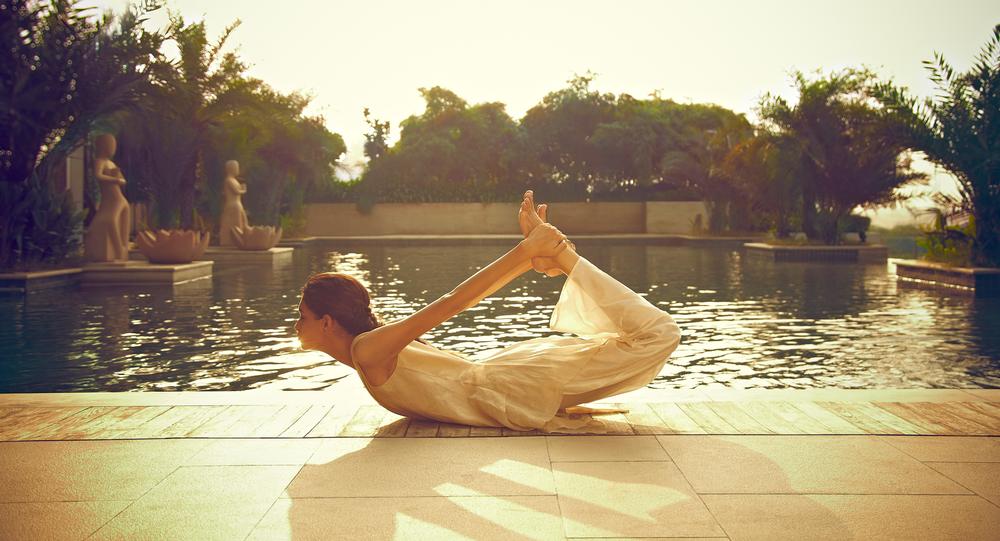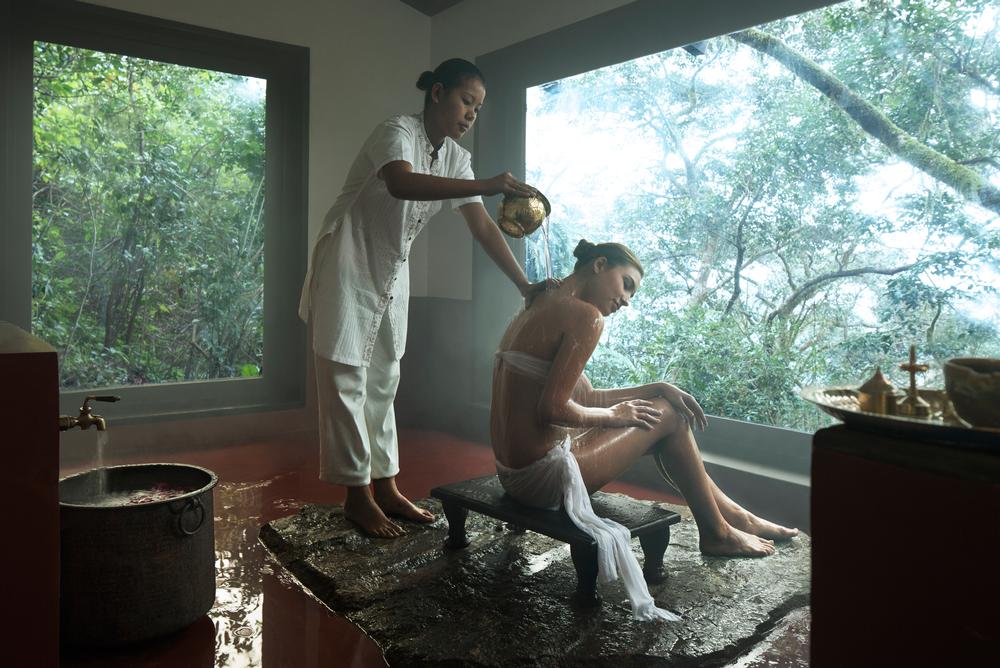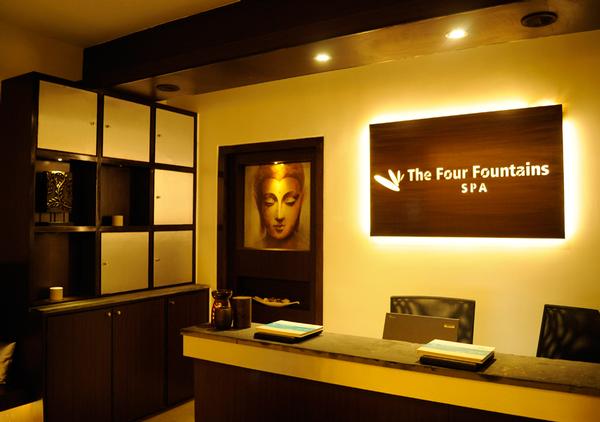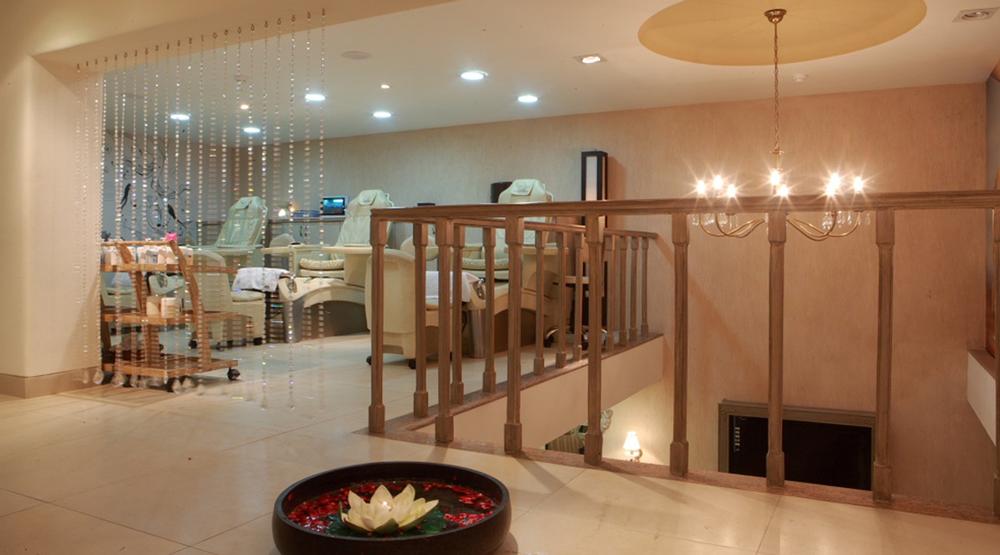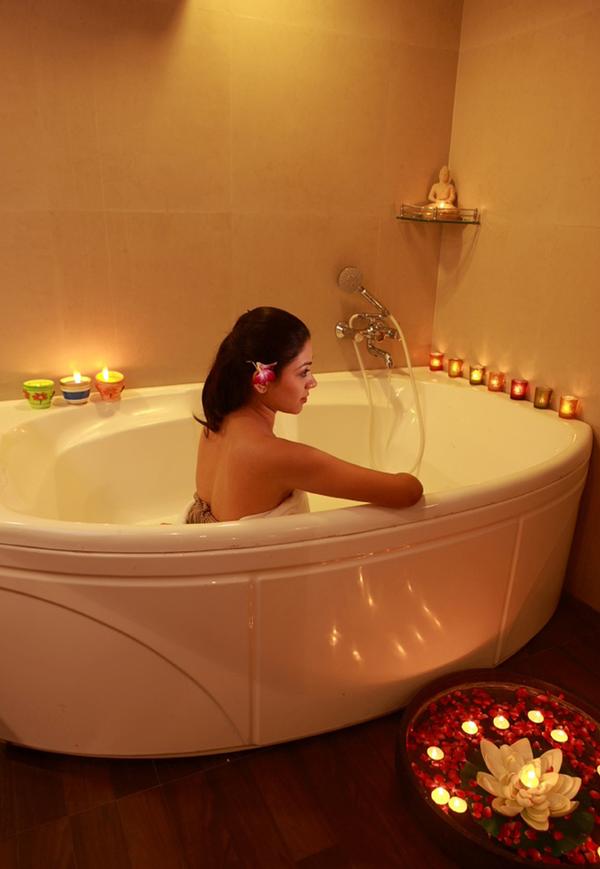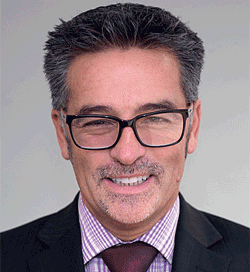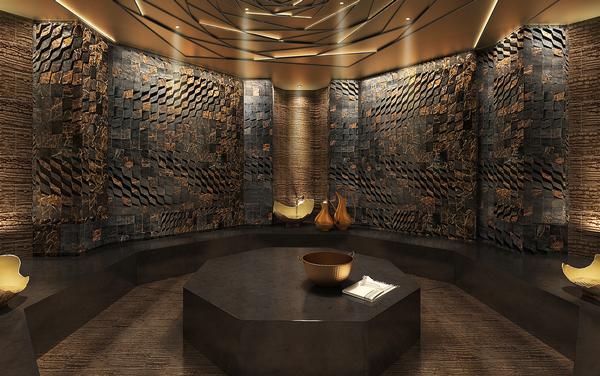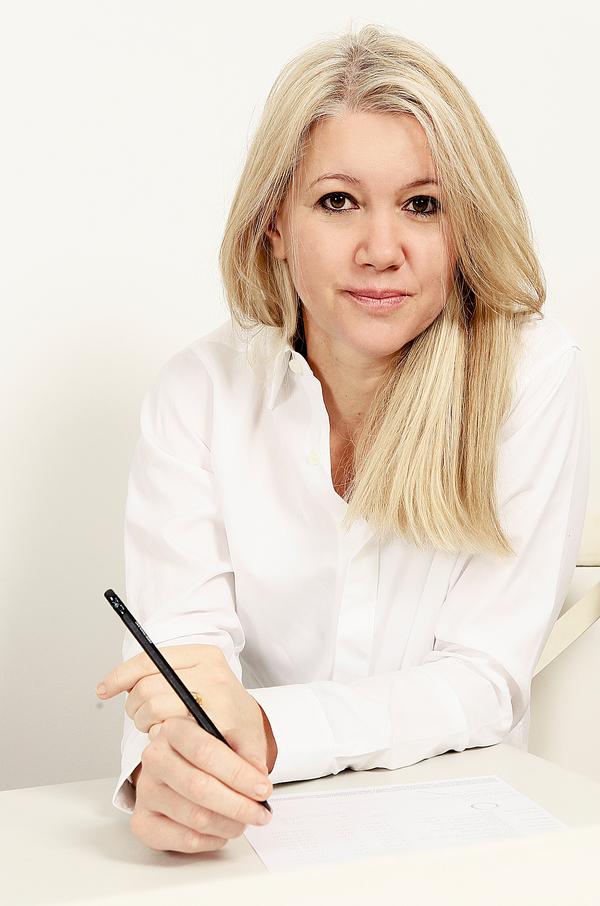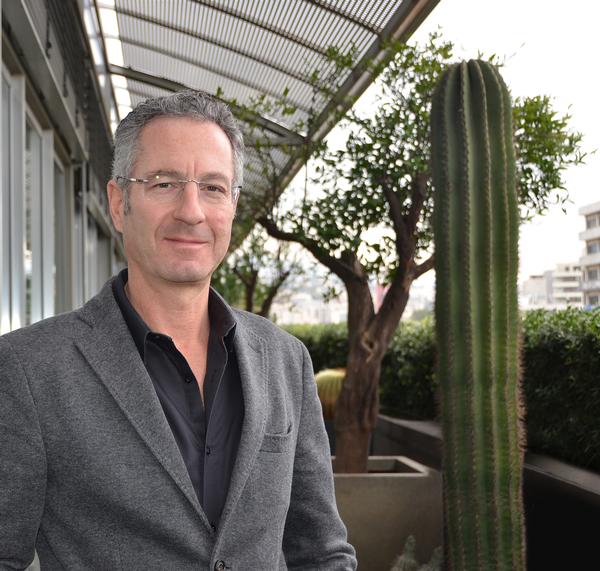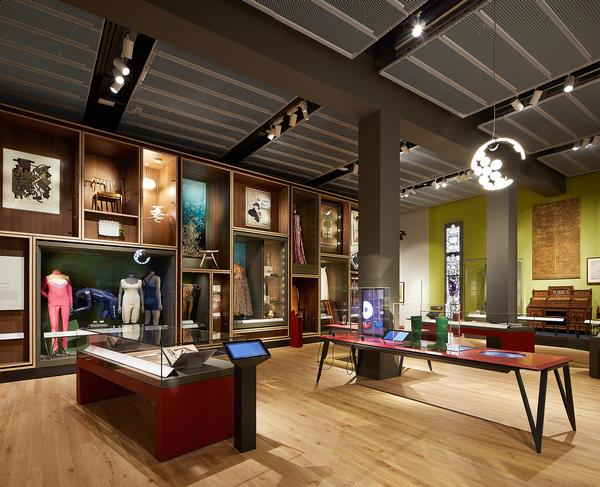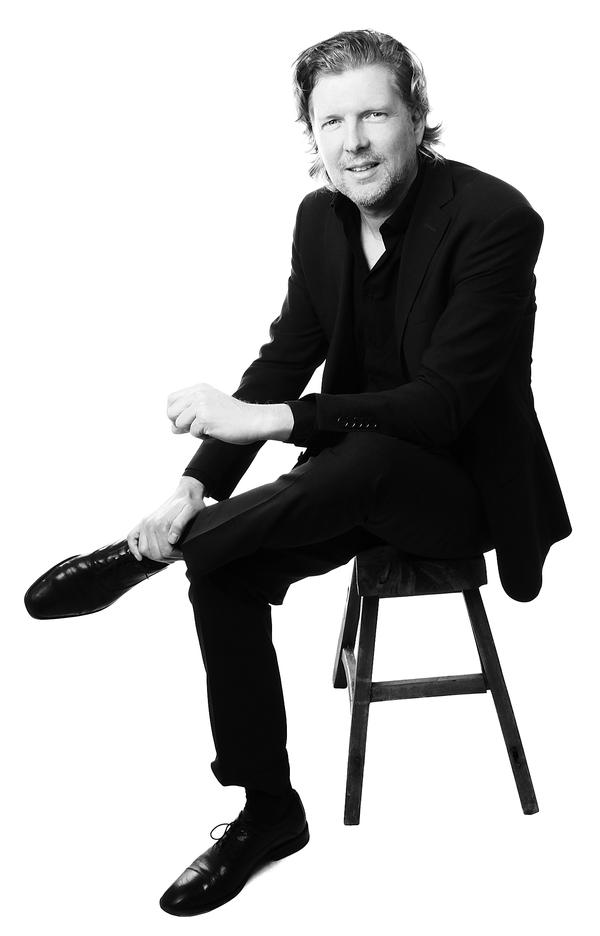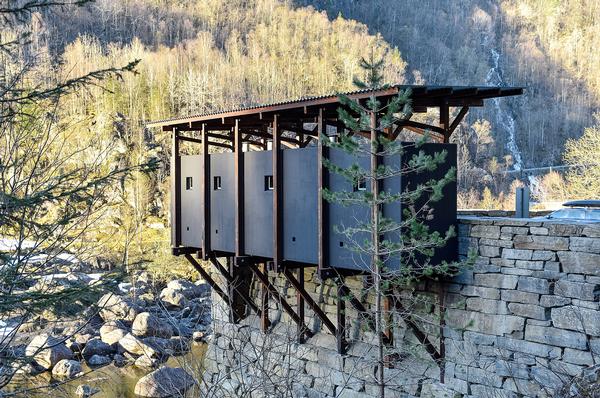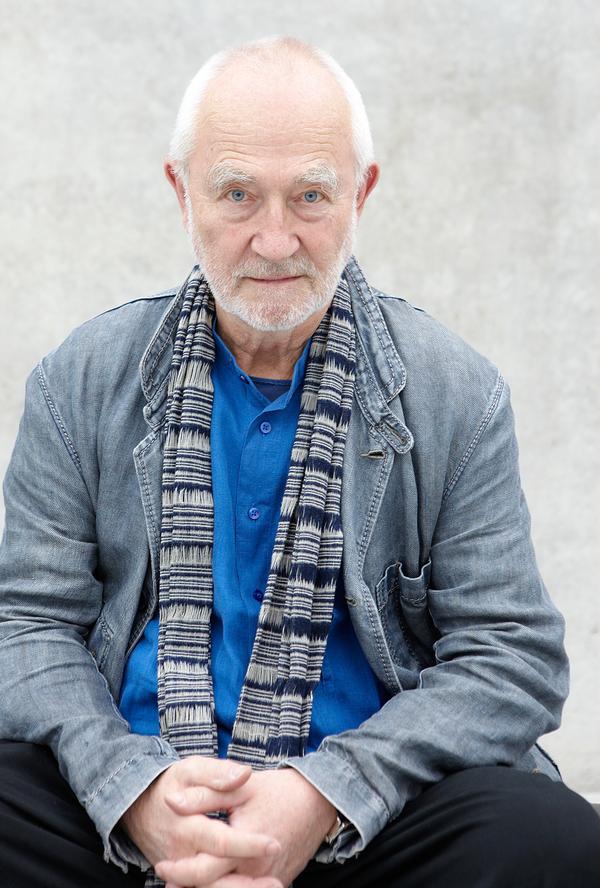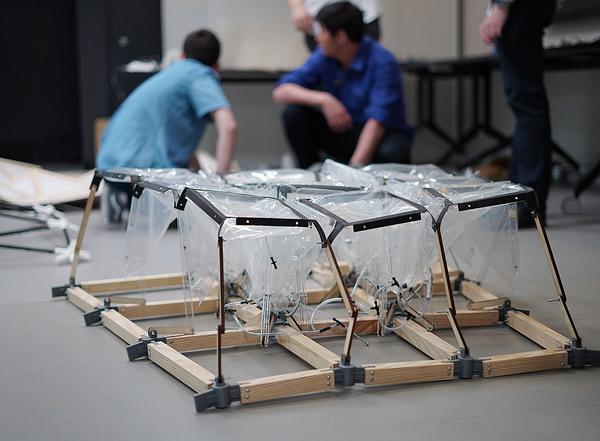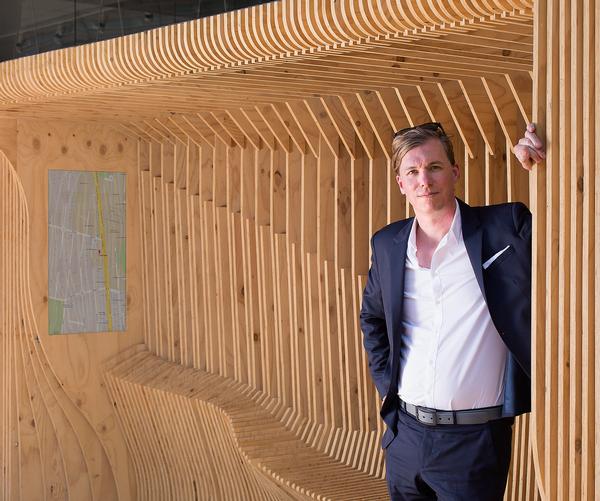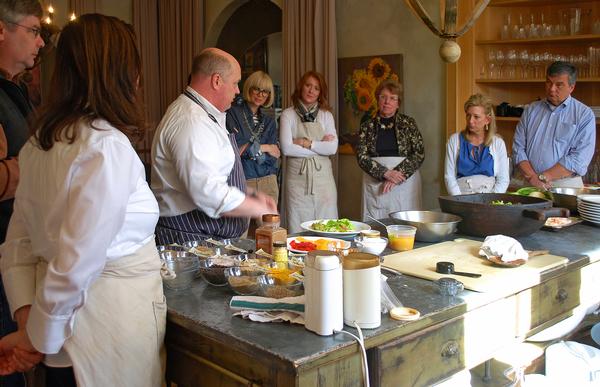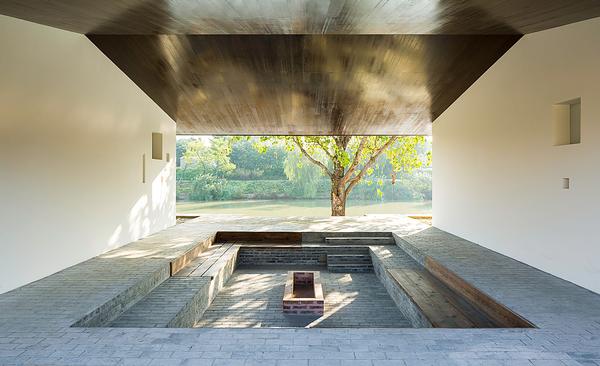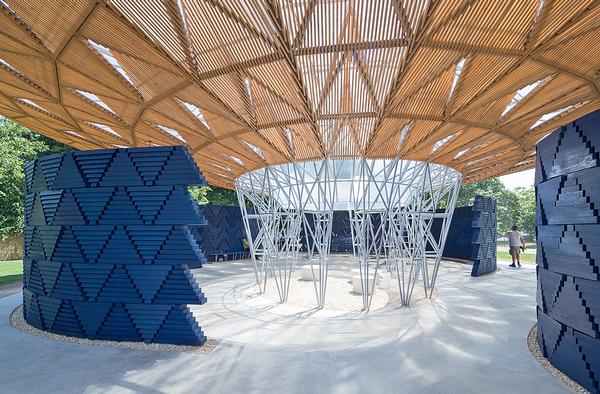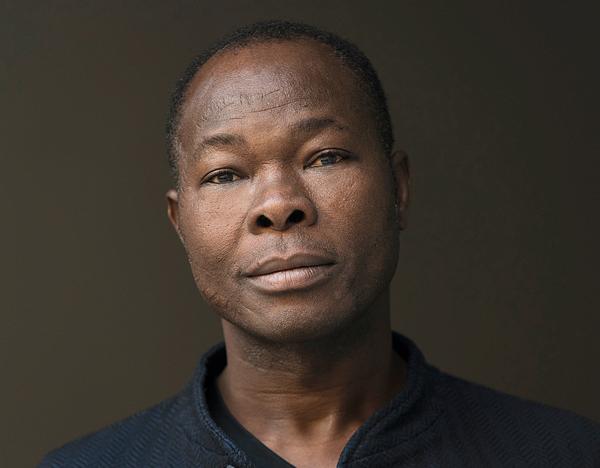Asia Research
Gearing Up For Growth
PwC predicts that the Indian wellness industry will reach a market size of INR1 trillion in the next two years. But what does it need to do to reach its full potential? Leonor Stanton reports
“A call for action” is needed in the Indian wellness sector concluded a PricewaterhouseCoopers (PwC) report, which was revealed at the Federation of Indian Chambers of Commerce and Industry (FICCI) conference last August. Imperatives For Growth: The Wellness Industry shows that while the market has grown significantly – and is forecast to reach the INR1 trillion (US$16.1bn, €11.8bn, £9.8bn) milestone by 2016 – development slowed to 18 per cent between 2011 and 2012 from 20 per cent the previous year.
“However, the challenges that players face to achieve sustained revenue and profit growth can stymie the future growth potential of the industry, if unaddressed,” says the report. So, what are the obstacles and are they likely to be tackled?
Key concerns
PwC splits India’s wellness market into products and services (see Graph 1). Wellness products, such as hair and skincare, wellness food and beverages, dietary supplements and slimming products, constitute around 55-60 per cent of the total market, while wellness services such as spa, salon and beauty therapies, fitness services and cosmetic treatments represent the remaining 40-45 per cent.
The key challenges facing all sectors of the wellness market are:
- a lack of appropriately qualified and trained human resources;
- consistency in quality standards; and
- cost management
The paucity of skilled labour is not a new challenge believes Sandeep Ahuja who is the chair of FICCI’s National Wellness Committee and also the MD of VLCC which operates 232 day spa, beauty and slimming centres across India. “In 2011, a joint study conducted by leading Indian industry body FICCI, in association with PwC… projected that the Indian wellness services space will face a shortage of 600,000 skilled personnel by 2016,” he says. “A separate Skill Gap study conducted by IMaCS (the consulting arm of domestic credit rating agency ICRA)… projected a likely shortage of 545,000 beauticians alone by 2022. Matters have not been helped by the fact that a large percentage of people joining the Indian wellness sector workforce, particularly at the lower levels, do not possess the requisite skill sets and have either not obtained formal training or been certified by a recognised certification body.”
According to some, including the co-founder and marketing director of the Four Fountains spa franchise Sunil Rao, this is possibly the biggest challenge facing the sector “because it derails spas’ expansion plans, dilutes service standards and puts guest’s health at risk”.
There are 20 Four Fountains day spas in India and Rao believes that in order to overcome staffing shortages “spa brands can firstly invest in setting up training academies, providing high quality training to freshers who wish to enter the industry and secondly, work with government bodies to generate awareness about career options in the industry and… subsidise training programmes for candidates.”
Certifications and accreditations, both domestic and international, are being used in order to build credibility. Some of these have the recognition of, and are promoted by, the Ministry of Tourism. There is, however, some scepticism as to their effectiveness to date. According to Deepa Harris, the senior vice-president of sales and marketing at Taj Hotels, “the Indian spa industry is in its nascent stage, with most spas adopting various techniques and practices.” The company has 41 spas in its hotels in the country and Harris explains that because “a plethora of spas has mushroomed – both stand-alone and in hotels – [the] initial attempts at quality accreditation have not been effective.”
To properly address concerns, customer complaint systems are being improved. A National Advertising Monitoring Service (NAMS) has been set up to monitor print and TV ads including those by wellness service operators and product companies. According to the report, 780 complaints were received by the NAMS in 2012-13 over misleading ads. Despite the introduction of such complaint systems, the report indicates that there’s still a need to ensure awareness of, and conformity to, quality standards across the industry. “Only five wellness operators have been accredited by the National Accreditation Board for Hospitals and Healthcare,” it states, although it was also noted that a further 12 applications are being considered.
PwC recommends that the following steps should be undertaken/implemented for further progression:
- “Tailor guidelines for various segments of the wellness industry…;
- Reduce execution challenges and costs [of cumbersome accreditation schemes];
- Improve consumer awareness regarding accreditation…; and
- Ensure implementation of regulatory norms”
Revenue obstacles
Although it’s estimated that the wellness industry in India will grow at a rate of 15-17 per cent in 2014 and 2015, there are still some barriers operators and product suppliers will continue to face. From a revenue perspective, the researchers identify three main challenges: the scaling up of businesses, addressing the diverse consumer segments and building up consumer awareness and trust. Significantly, ways round these obstacles are also beginning to emerge.
Franchising has been a common method of expansion for the scaling up and rapid growth of companies, but has brought with it a well-known disadvantage – the loss of control and consequent brand inconsistencies. Thus, in addition to establishing clear and consistent norms in their own facilities and choosing new franchisees carefully, operators have been adopting “hybrid models… to bridge the gap between control versus scalability”. Fitness franchise Talwalkars, for example, has developed a shared capex model where it takes on some of the costs with franchisee but maintains a 51 per cent stake in the business to ensure that it has a greater degree of supervision.
Elsewhere, some operators have also created multiple brands in order to cater to diverse markets.
To stimulate consumer interest and demand, and to build brand trust, the PwC report suggests wellness-focused food and beverage companies have the right approach. Their strategy is to increasingly invest in education to promote the “benefits of specific ingredients” and this is something which is also happening in the beauty segment. The food and beverage companies also conduct free health check-ups and provide information to customers and using online media.
Profitability levers
Profit margins vary greatly in the wellness sector, which is a diverse market in itself. Yet there common strategies companies are adopting to increase profits including diversifying portfolios, product premiumisation and managing cost pressures.
The report estimates that pre-tax earnings (EBITDA) of product-only companies are the highest in the sector at between 20 per cent and 30 per cent. In comparison, service-only companies only have a pre-tax profit of between 8 per cent and 20 per cent. Some service companies have attempted to add products to their business offer in an attempt to increase the average pre-tax earnings.
Companies have also pursued a premiumisation strategy such as “introducing high-end variants of popular brands, launching products for the professional services segment [such as spas] and bringing in brands from global portfolios to India”. But for these measures to succeed, the researchers believe that “a distinct value proposition and investment in building additional [branding, marketing and distribution] capabilities” is required.
Input costs (for products) have been rising significantly as a result of inflation, exchange rate volatility and increases in crude oil prices. The study estimates that the cost of goods sold as a percentage of total operating expenses has risen from 45-55 per cent to 55 -65 per cent between 2009 and 2012. Many companies have found it difficult to pass on rising costs to consumers, so they’re adopting strategies to minimise effects on profitability such as switching to lower cost alternatives and purchasing from tax-exempted zones.
Rental levels are also critical for wellness service providers. The study found that “rental costs in India can be as high as 20-25 per cent of revenues” and according to Gold’s Gym’s COO Istayak Ansari “one of the factors that amplifies the challenge is that unlike global markets where the rentals are typically on a carpet area basis, in India it is charged on the entire built-up area… resulting in a higher rent-to-revenue ratio compared to global markets”.
To control rental levels, some operators are rationalising stores by closing those that don’t have high enough revenue potential to cover rent. Meanwhile other operators are optimising retail formats. Another tact is shifting from fixed to variable rental models – beauty and hair salon operator Naturals has set up facilities in Easy Day department stores on a revenue-sharing basis for example.
Rising manpower costs are also affecting profit margins – this is not only the result of increasing salaries due to high wage inflation, but also due to high retention and training costs because of elevated attrition rates which can be “as high as 30-50 per cent” according to the study.
For product companies, distribution costs are also significant in what is one of the most fragmented retail markets in the world – “with over 12-13 million retail outlets”. As a result of this, effective distribution is becoming a “key competitive advantage” with some players looking to improve their distribution networks (and also reduce costs) by entering into “distribution alliances with large FMCG companies”, as well as “focusing on modern trade formats such as wellness retail and supermarkets” and also pushing online retail.
Investment opportunities
In conclusion, there’s no doubt significant opportunities exist in the Indian wellness sector. While the rate of growth is slowing, the industry is still expanding at a phenomenal rate. Consequently, there’s been increasing interest from private equity funds and venture capitalists. According to PwC’s associate director Rashmi Upadhya, “venture capitalists and private equity investors have been increasingly willing to consider investments in the branded spa and salon industry. The wellness industry is expected to witness rapid growth over the next few years, thus offering attractive investment opportunities for early stage investors. With increasing maturity in the industry, we’ve also begun to see third and fourth stage funding, fuelling the expansion plans of established players.”
Foreign investors who may initially be concerned by the barriers and complexities of doing business in India, should be aware that, according to Upadhya, “government approvals are not required to set up 100 per cent wholly owned operations” in a number of sectors in the wellness arena. Exemptions include companies in the spa and salon sector, cosmetic treatment and product manufacturers, health club operators and businesses focused on food and beverages. This further reinforces the opportunities available in the country’s wellness industry.
For a full copy of Imperatives For Growth: The Wellness Industry, visit www.pwc.in
ABOUT THE AUTHOR
Leonor Stanton is an independent hospitality and spa consultant who specialises in market and commercial assessments and financial planning in the global hospitality and spa sectors. She previously worked for Deloitte Consulting and Deloitte Corporate Finance.
email: [email protected]
phone: +598 95 59 88 54
